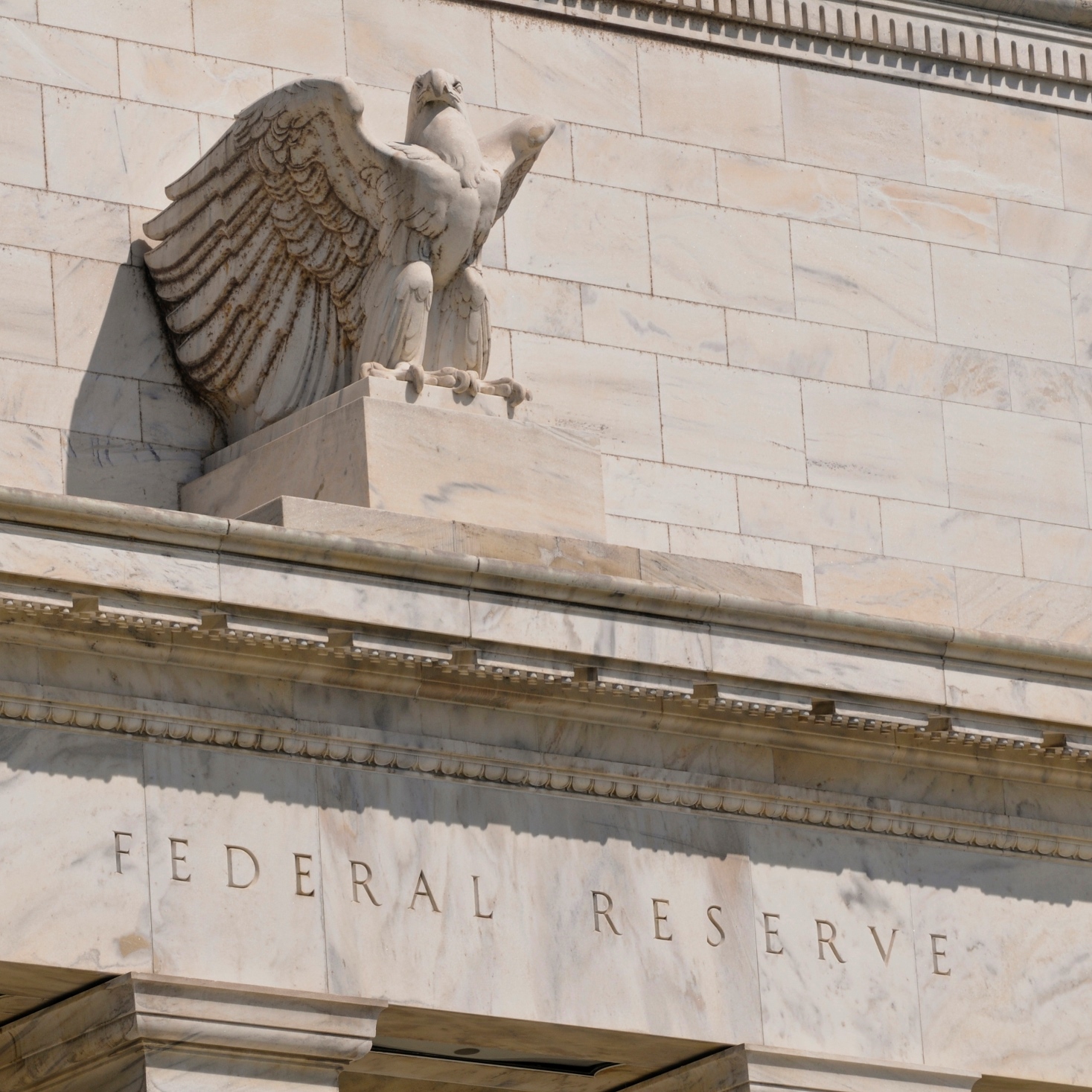
This post may contain links from our sponsors and affiliates, and Flywheel Publishing may receive
compensation for actions taken through them.
Wednesday, December 16, 2015, was a day that was supposed to mark up a notch in the history books. Janet Yellen and her Federal Reserve presidents have finally decided that the market conditions were supportive of a fed funds rate hike. The Fed’s Open Market Committee Wednesday decided to raise the target range for the fed funds rate from a prior range of 0.00% to 0.25% to a new range of 0.25% to 0.50%. The vote was unanimous.
Just to be clear on what was expected, the financial markets were widely expecting a fed funds rate hike. Yellen and other Fed presidents have been more and more vocal about the conditions being met to raise rates.
Unemployment is now roughly 5%. That was the first criteria. The Fed still did not have inflation anywhere close to its 2.0% to 2.5% target, but this was largely due to fuel, energy and commodity costs. That pesky strong dollar also didn’t help.
So what matters here going forward is that interest rates probably will remain very low for the foreseeable future. Ahead of the decision on interest rates, there was not a 100% chance priced-in on 30-day fed funds futures that fed funds would be at 0.50% until mid-2016 and not a 100% chance that fed funds would be 1.00% until mid-2017.
The Fed has had a conundrum for some time on its decision on interest rates. They missed their window to hike rates earlier this year. Economic data seems to be getting worse rather than better. Some industries are in recession, and exporting goods and services is becoming increasingly harder. Even if the dollar were to weaken, international demand remains weak, with the world’s growth engines of China, Russia, Brazil and others facing slowing economies.
Additional data points from Yellen and her fellow Fed members on the FOMC:
The stance of monetary policy remains accommodative after this increase, thereby supporting further improvement in labor market conditions and a return to 2 percent inflation.
[The] Board of Governors of the Federal Reserve System voted unanimously to approve a 1/4 percentage point increase in the discount rate (the primary credit rate) to 1.00 percent, effective December 17, 2015.
The Committee expects that economic conditions will evolve in a manner that will warrant only gradual increases in the federal funds rate; the federal funds rate is likely to remain, for some time, below levels that are expected to prevail in the longer run. However, the actual path of the federal funds rate will depend on the economic outlook as informed by incoming data.
The FOMC’s action takes place against the following background:
- The Fed’s balance sheet is now close to $4.5 trillion in holdings of Treasury debt, agency debt and agency mortgage-backed securities.
- The European Central Bank is engaging in more quantitative easing and recently has taken its deposit rates even further into negative interest territory.
- China has been taking easing measures of its own and is expected to keep doing so in 2016.
Wednesday’s action was widely expected, and it pushed the major stock indexes higher.
Cash Back Credit Cards Have Never Been This Good
Credit card companies are at war, handing out free rewards and benefits to win the best customers. A good cash back card can be worth thousands of dollars a year in free money, not to mention other perks like travel, insurance, and access to fancy lounges. See our top picks for the best credit cards today. You won’t want to miss some of these offers.
Flywheel Publishing has partnered with CardRatings for our coverage of credit card products. Flywheel Publishing and CardRatings may receive a commission from card issuers.
Thank you for reading! Have some feedback for us?
Contact the 24/7 Wall St. editorial team.
 24/7 Wall St.
24/7 Wall St.

